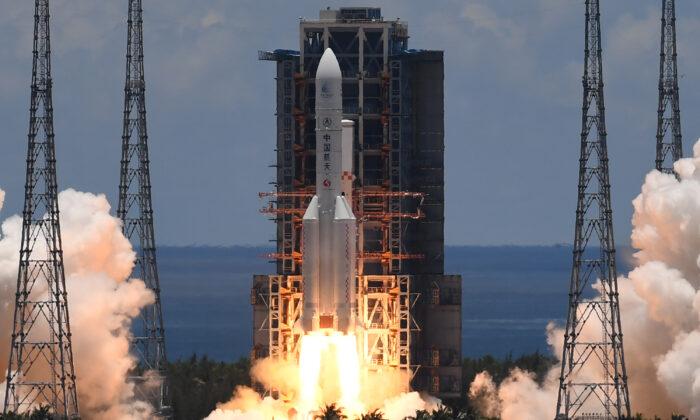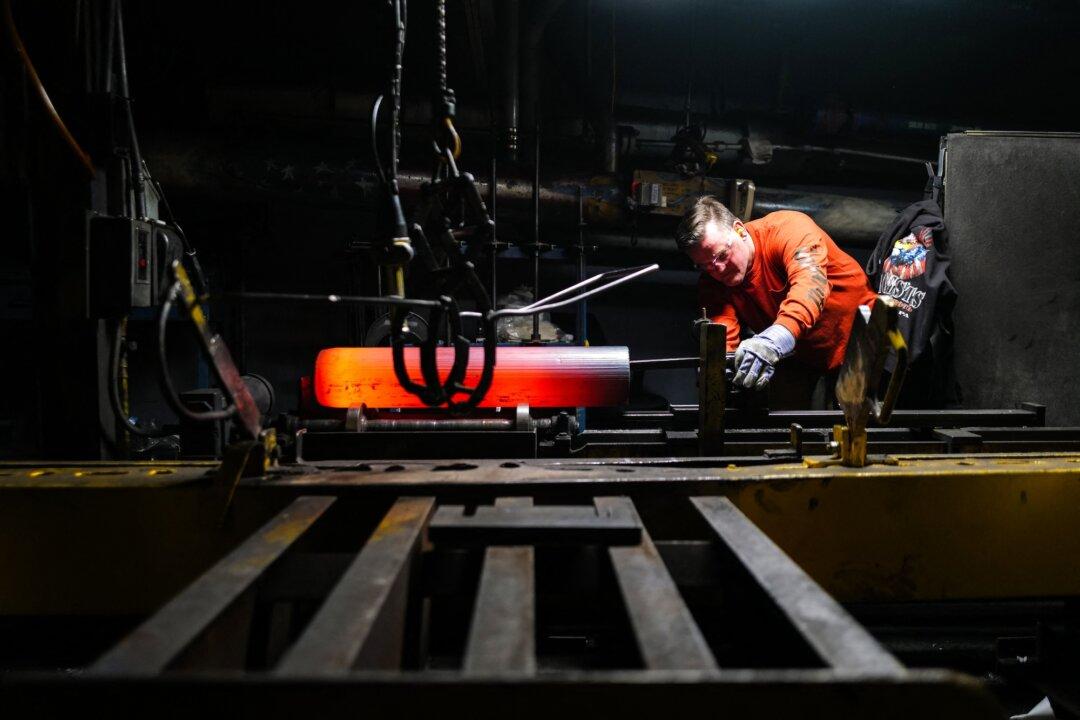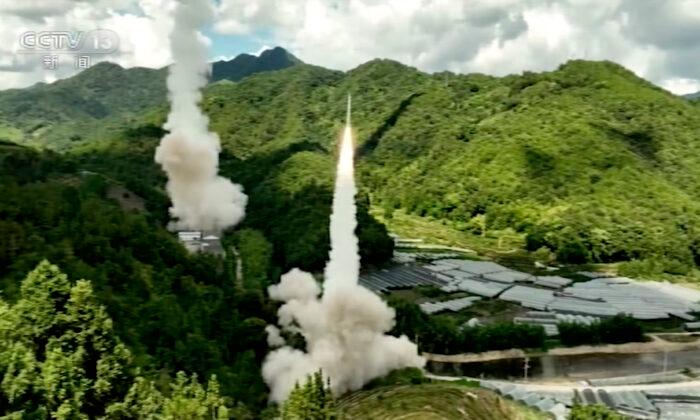After days of mounting frustration with China’s refusal to account for its out-of-control 21-ton Long March-5 booster stage, newly confirmed NASA Director Bill Nelson, a former astronaut and senator, called out the Chinese regime with some needed criticism.
In a press release posted on the NASA webpage on May 8, Nelson stated: “Spacefaring nations must minimize the risks to people and property on Earth of re-entries of space objects and maximize transparency regarding those operations. It is clear that China is failing to meet responsible standards regarding their space debris.”
Since its launch into orbit on April 29, the Long March-5 booster stage had been in an uncontrolled descent.
But keeping in character, neither the Chinese space program nor Beijing made any effort to brief foreign governments on its errant space debris, offering no explanation until criticism emerged from the West.
The Long March-5 booster, or first stage, had to reach orbit because the size of the payload meant there was no second stage, thus requiring it to burn longer to reach orbital velocity. However, it had no thrusters to assist deorbiting.
Three-stage space launch vehicles don’t usually require the larger first stage to reach orbit, meaning they return to Earth more rapidly, usually to an ocean impact.
There was mounting global concern about this latest Long March-5 mission for three main reasons:
First, the Long March-5 booster stage was a large object, about 21 tons, or the sixth- or seventh-largest body ever to reenter from space, according to a May 6 webpage interview with Marlon Sorge of the Aerospace Corporation’s Center for Orbital and Reentry Debris Studies. He also estimated that 20 to 40 percent of its mass could reach the ground, or 5 to 10 tons—roughly a city bus, but traveling at 17,000 miles (27,359 km) an hour.
Second, the Long March-5 booster stage wasn’t designed to have the ability to conduct a controlled descent that would enable avoidance of populated areas.
Third, the Long March-5 booster was orbiting at an inclination of 41.5 degrees, meaning it would pass over most of the populated regions on the Earth, raising the chance, if even slight, that it could impact onto people or property in more than a dozen nations, including the United States.
A previous Long March-5 launch in May 2020, to test China’s second-generation manned space capsule, saw the booster stage pass over New York City just prior to spreading space debris in populated areas in the African country of Ivory Coast.

As it turned out, this latest Long March-5 booster stage impacted on May 9, just to the west of the Maldives in the Indian Ocean.
But illustrating China’s lack of understanding about its own space debris, earlier on May 9 (May 8 Eastern Time) the China Manned Space Engineering Office issued a press release, stating the Long March-5 debris would impact in the Eastern Mediterranean Sea.
This theater of absurdities may play out another six times this decade, being the number of Long March-5 missions required to support Chinese Space Station construction and future unmanned Chinese probes to the moon.
At first, the Biden administration tried to play down the concern. In the course of a May 5 press briefing, White House press secretary Jen Psaki was asked, “Does the White House condemn this kind of repeated reckless behavior from China’s space program?”
Psaki acknowledged the concern but didn’t offer any criticism of China. But on May 6, U.S. Secretary of Defense General Lloyd Austin, responding to reporters, had to say that the United States didn’t have any plans to shoot down the Long March-5 debris.
Another danger was revealed by astrophysicist Jonathan McDowell of the Harvard-Smithsonian Center for Astrophysics, on May 10 in his Twitter feed. About six minutes after China’s Tianhe space station module separated from the Long March-5 booster on April 29, it passed within 186 miles (300 km) of the International Space Station (ISS).
While this news didn’t generate as much concern, it’s reminiscent of China’s September 2008 Shenzhou-7 manned spacecraft mission that passed within 28 miles (45 km) of the ISS. In both cases, the Chinese close-proximity pass to the ISS was likely preplanned, but there was no warning conveyed to the ISS partners.
But when concern was finally noted by the Biden administration on May 5, China responded with defensive propaganda. On the same day, the Chinese Communist Party organ the Global Times quoted a Chinese space expert saying, “It is another hyping of the so-called China space threat.”
Yet, China has long demonstrated that it’s a threat in space, from its January 2007 anti-satellite interception that created a huge cloud of space debris, to its September 2008 mock interception of the ISS, to its dual-use space station and future moonbase, all under the aegis of the People’s Liberation Army.
The Chinese regime’s cavalier disregard for the danger posed by its uncontrolled Long March-5 booster stage follows its more monstrous disregard for its role in creating and spreading the Wuhan coronavirus (COVID-19) which has now killed nearly 3.3 million people globally and nearly 600,000 Americans.
Now that Nelson has spoken the truth about China’s “failing to meet responsible standards regarding their space debris,” let’s hope he doesn’t reward China with cooperative space programs as favored by others in the Biden administration.
Nelson has also set an appropriate broader example. Whether it’s space junk that could fall on our heads, a refusal to account for COVID-19, its illegal military occupations in the South China Sea, or its near-daily military threats to democracies such as Taiwan and Australia, it’s time to call out the Chinese Communist Party for its serial depredations.





